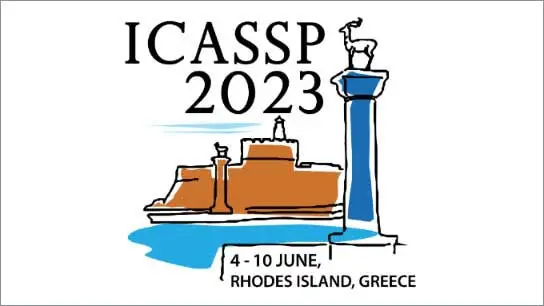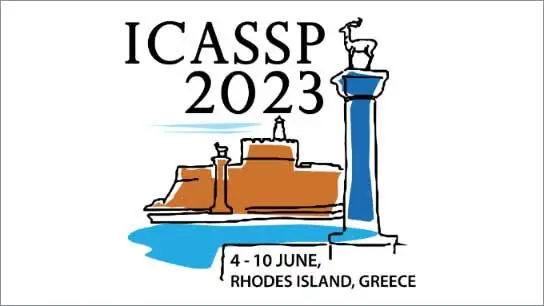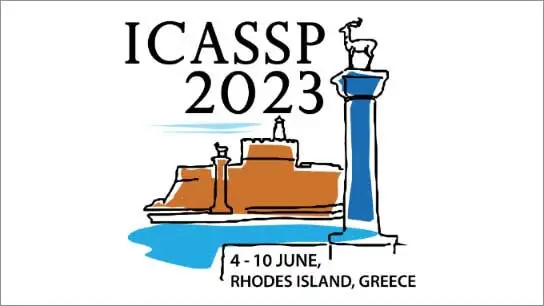SpectraNet-SO(3): Learning Satellite Orientation from Optical Spectra by Implicitly Modeling Mutually Exclusive Probability Distributions on the Rotation Manifold
Matthew Phelps (Odyssey Systems); Ryan Swindle (Odyssey Systems); Zack Gazak (Odyssey Systems); Andrew Vandenberg (AFRL); Justin Fletcher (Odyssey Systems)
-
Members: FreeSPS
IEEE Members: $11.00
Non-members: $15.00
09 Jun 2023
In the space domain, remotely measuring the rotational state of a spacecraft provides critical information for assessing its operational health. For the large family of space assets that lie in regions of space too distant to resolve spatial features with ground sensors, measurement of the energy spectrum of reflected sunlight has shown recent promise in probing their material and spatial properties. In this work, we explore the utility of using the recently proposed Implicit-PDF network to implicitly learn challenging probability distributions associated with satellite orientations using only raw optical spectra as input. Originally designed for computer vision applications, we detail how the Implicit-PDF architecture can be applied directly to spectra and further extended to a broad class of signal inputs. We discuss key aspects to improving performance and demonstrate the generalizability of the implicit framework by showing how a single network can efficiently learn mutually exclusive probability distributions over multiple satellite classes without meaningful performance loss.



